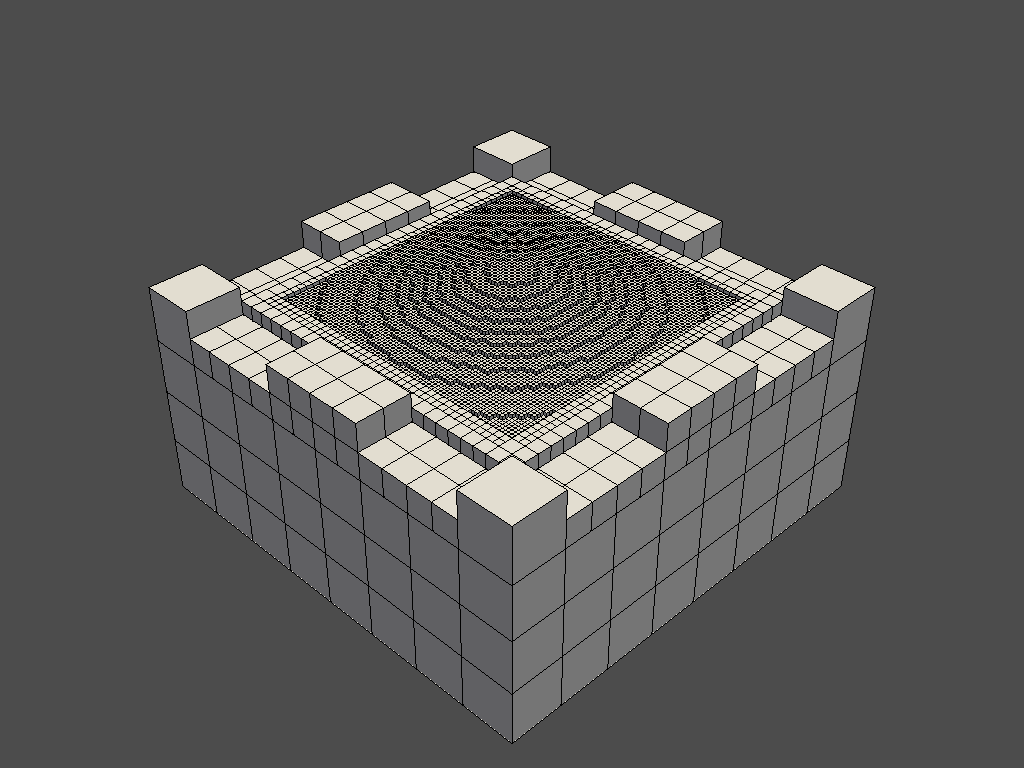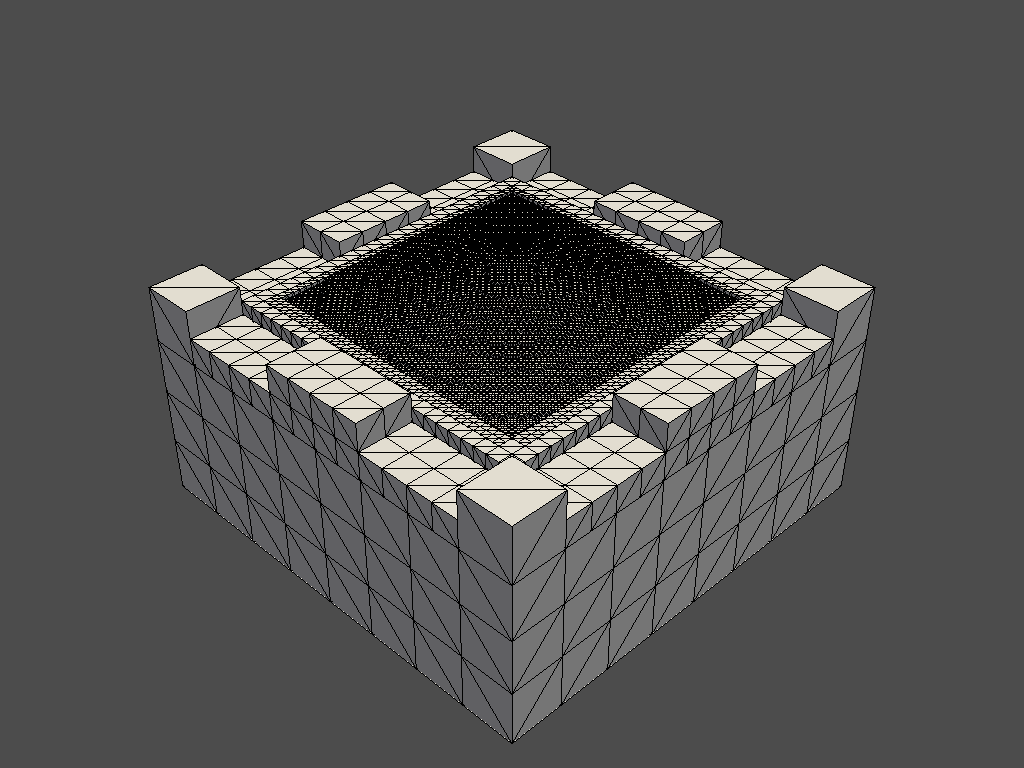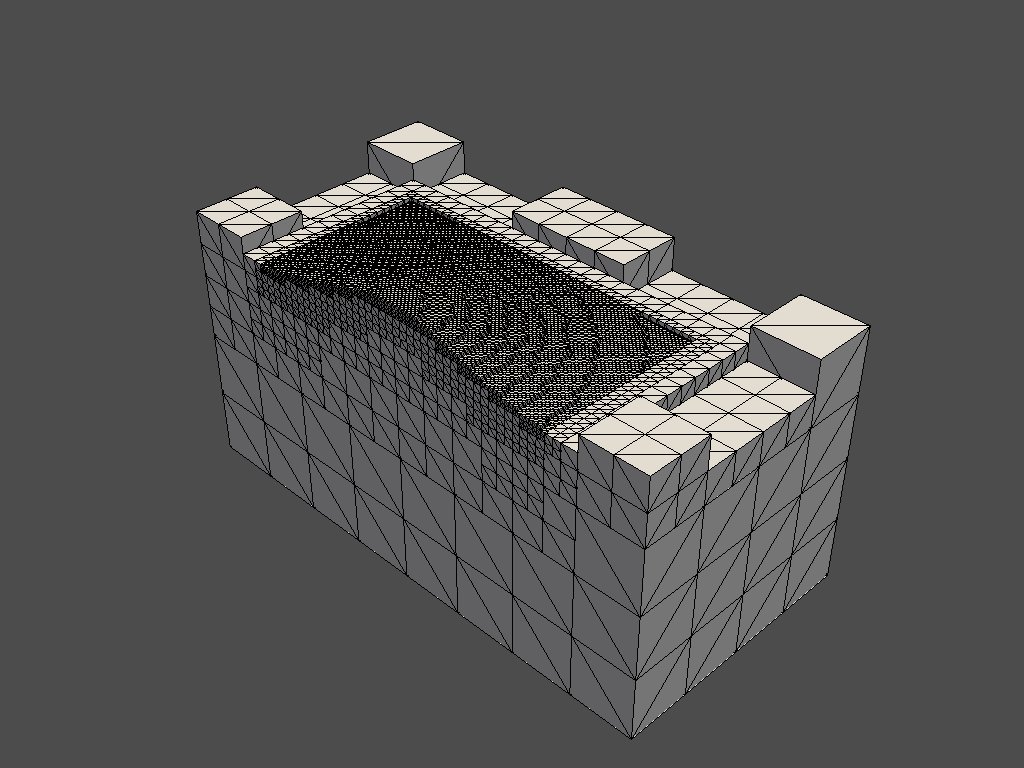@lassoan and I were having a discussion in Opacity issue with point picking on surface - #13 by banesullivan that makes more sense to have here
I understand that the point resolution doesn’t change but the cell resolution does - which is really important in my domain (subsurface geoscience/geophysics). Here’s an example: If you have a mesh that is full of voxel-like cells with data attributes on the cell data and you triangulate/tetrahedralize that, then there will be many more cells in the output than the original input mesh. In my domain, we use cell size to represent resolution and if you triangulate a cell then the volume of space now has more data than the original dataset which could be misleading and how much data (information) you have (you know) about that volume of space.
Here’s an example mesh: Dropbox - treemesh.vtk - Simplify your life
and some example code to demo this issue using PyVista:
import pyvista as pv
mesh = pv.read('/Users/bane/Desktop/treemesh.vtk')
subsurface = mesh.threshold(0.5, scalars='Active')
subsurface.plot(show_edges=True, color='w')
Then if run a vtkDataSetTriangleFilter, I get this:
subsurface.triangulate().plot(show_edges=True, color='w')
or a vtkClipDataSet filter which generates triangles, I get this:
subsurface.clip().plot(show_edges=True, color='w',)
Both of which are misleading to the actual resolution we are able to recover from our physical modeling techniques. So if I wanted to extract a region and share it with a colleage, then they would receive a misrepresentation of the resolution at which I can investigate the subsurface.
Which is why I care so much about this turning off triangles when clipping a dataset - I see no reason why it isn’t possible


